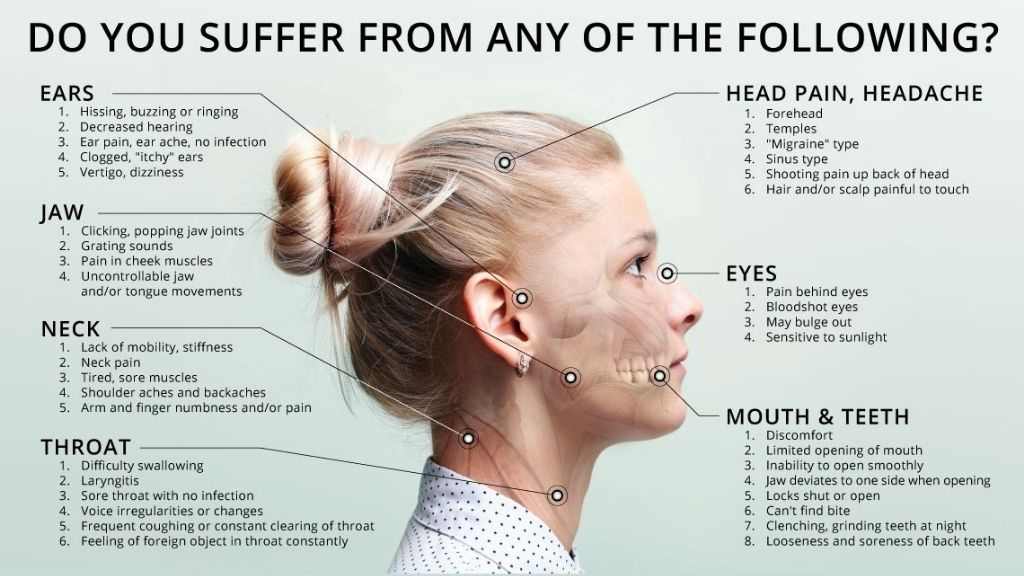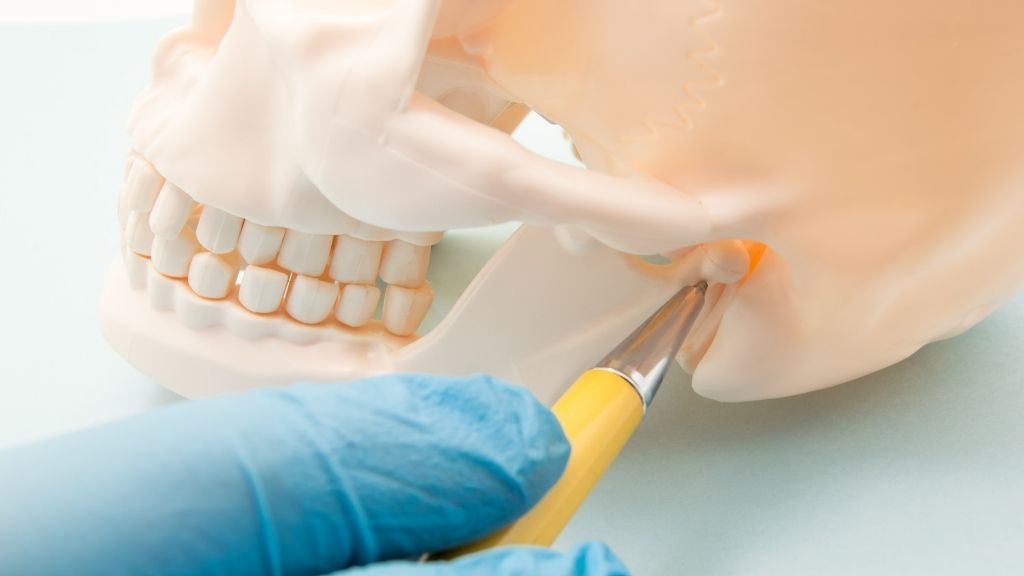TMJ Dentist Mount Prospect
Appointments & Emergencies: 847 827 6290
Find Relief from TMJ Pain with Innovative TMJ Dentistry in Mount Prospect

Understanding TMJ Disorders: The Cause of Your Pain
The temporomandibular joint (TMJ) connects your lower jaw to your skull, allowing you to speak and eat. When this joint is injured or inflamed, it can lead to a condition known as TMJ Disorder (TMD). Common symptoms of TMD include headaches, jaw pain, ear discomfort, and facial aches. If you’ve experienced these symptoms, you’re not alone. Many people suffer from TMJ disorders, and the pain can severely impact your daily life, making it difficult to work, sleep, or even engage in basic activities.
TMJ Dentistry Mount Prospect: Finding Relief for Your Pain
 At Meyer Dental Group, we understand the challenges that TMJ pain can present. Dr. Tom Meyer, along with his daughter, Dr. Ellie Meyer, and the entire Meyer Dental Group team, is here to help you find TMJ pain relief. With over 30 years of experience, Dr. Tom Meyer has successfully treated many patients suffering from TMD. Through a personalized approach, we aim to address the root causes of your discomfort and create a plan that works for your unique needs. Whether your pain is caused by stress, injury, teeth grinding, or dental misalignment, we have the tools and expertise to help.
At Meyer Dental Group, we understand the challenges that TMJ pain can present. Dr. Tom Meyer, along with his daughter, Dr. Ellie Meyer, and the entire Meyer Dental Group team, is here to help you find TMJ pain relief. With over 30 years of experience, Dr. Tom Meyer has successfully treated many patients suffering from TMD. Through a personalized approach, we aim to address the root causes of your discomfort and create a plan that works for your unique needs. Whether your pain is caused by stress, injury, teeth grinding, or dental misalignment, we have the tools and expertise to help.
Where is my TMJ?

Is This You? We Can Help.

Common Causes of TMJ Pain and How We Can Help
TMJ pain can stem from several sources, including injury, stress, teeth grinding, or even genetics. These factors can affect your jaw, bite, and overall oral health, leading to misalignment and tension in the muscles surrounding the TMJ. At Meyer Dental Group, we offer specific TMJ Pain Dental Treatment in Mount Prospect to assess your condition and develop a treatment plan tailored to your needs. We’ll start with a comprehensive examination to understand the root cause of your pain and guide you through effective treatment options.
Solutions for TMJ Disorders: Achieving Relief and Balance
To treat your TMJ disorder, we offer a range of solutions, including TMJ orthotics, bite modifications, and full mouth reconstructions. These treatments aim to realign your bite, relax the affected muscles, and alleviate pain. With the latest technology and techniques, our team works to restore balance to your jaw and facial muscles, providing you with lasting relief. At Meyer Dental Group, you will feel like family, and we’re committed to ensuring your comfort and well-being throughout the treatment process.
Start Your Path to TMJ Relief Today
Living with chronic TMJ pain doesn’t have to be your reality. At Meyer Dental Group, we offer two options to begin your journey to relief:
- Complimentary Consultation: A 20-minute meet-and-greet to learn about our practice, team, and TMJ therapies. This visit is free of charge.
- Comprehensive TMJ Evaluation: A 60–90-minute appointment, including muscle testing, cranio-nerve evaluation, and detailed diagnostics for $250.


